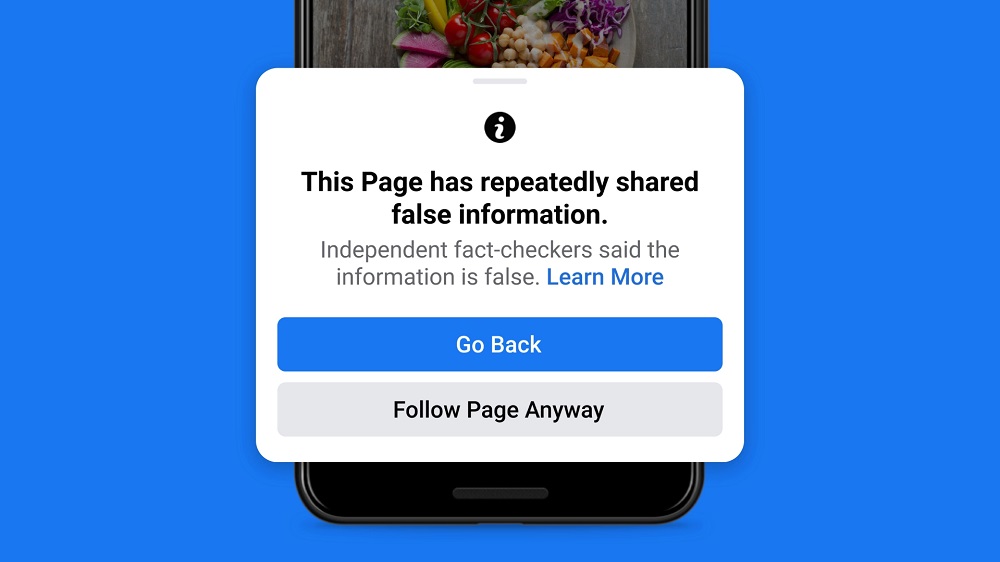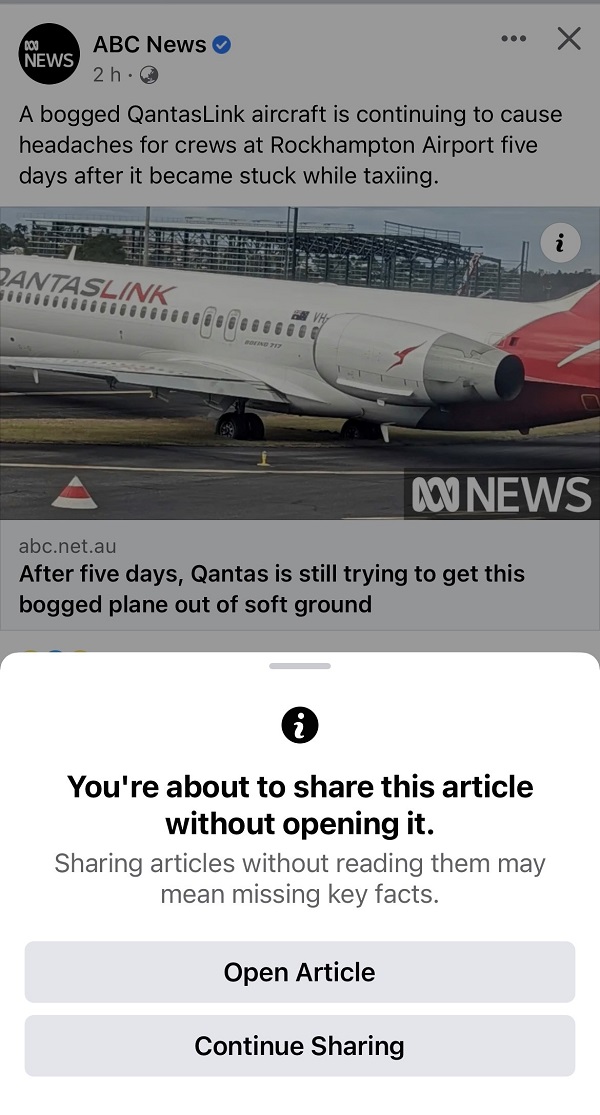Elly Mackay
19 July 2022: Following over two years of pandemic-related news information, a time in which Australians consumed more news than ever before, the introduction of yet another world health crisis – the monkeypox virus – is probably the last thing anyone wants to read about in the news.
And with a new virus comes a new wave of hysteria, amplified by a slew of catastrophic news headlines – some accurate, and some ... not so much.
Today, Australians are exposed to misinformation at a higher rate than ever before – and it’s not going away, according to the Digital News Report Australia 2022 (DNR Australia 2022). Almost two-thirds of Australians say they have encountered misinformation online, an increase of three per cent from 2021.
Lead author of the DNR Australia 2022, Professor Sora Park, has some helpful hints and tips for avoiding misinformation online – monkeypox-related or otherwise.

Dr Park, lets begin with an easy one – what exactly is misinformation?
No problem. Misinformation is any information that is false or misleading. It can impact people’s attitudes or behaviour, and is potentially harmful for them or to others.
It can be a problem when someone encounters inaccurate or false information, and then believes it or acts upon it. Especially in a health sense, it can impact people in a really negative way.
How are people consuming misinformation?
Misinformation is everywhere and in all forms. It could be a video, photos, text – it could even look like a website or news article.
It can be embedded in all sorts of digital content.
And are there any particular demographics who might be more vulnerable to misinformation online?
If the misinformation in question is online, older people tend to be more vulnerable. Often. in the real world, they might be critical thinkers who can identify false information in many different forms, but as soon as it’s online, the whole environment is unfamiliar to them.
It’s not just the content they then need to navigate, it’s the platform and systems.
Younger people tend to be more aware of misinformation online, because they’re on those platforms a lot more – whereas if an older person has just signed up to Facebook to stay in touch with friends and family, they’re much more susceptible to online misinformation.
Those who tend to rely on a single source of information may also be more vulnerable, as they have nothing else to cross-check it with.
Is there anything vulnerable members of our community can do to identify misinformation online and protect themselves?
There’s no silver bullet for this – but I guess using common sense becomes more natural the more time you spend online. If you see anything that’s suspicious or if you’re sceptical of anything, the best thing to do is get out of that site – then search for that topic elsewhere, and try to find a trusted source that validates that information or explains what it is.
This is called lateral reading. Often, people tend to try and remain on one platform and find answers there – but that’s actually not the way to verify things. The best thing to do is to leave that site and seek information elsewhere.
And for those who have nailed those techniques – and are more savvy online – how can they protect the people in their lives who are more vulnerable?
The most important thing anyone can do is to think before you share – the impact of misinformation is big because people share it.If nobody shares it, then it’s contained.
So the first thing is to think ‘should I share it?’ – and then a more proactive way of doing it is to report any false information that you do come across.
When it comes to social media you can usually report fake news directly to the platform or lodge a complaint to DIGI, which is the industry association that administers the Australian Code of Practice on Disinformation and Misinformation.
That’s great advice. Finally – what are some news information ‘green flags’ – what is a sign of a good source of online news?
There are a lot of heuristic things people can look out for – is it a recognised news brand, is there an author on the article, and where are they located?
Can you actually see that they’ve done the fact-checking and research? Can you identify their sources of information?
Overall, Dr Park advises that people shouldn’t be afraid of encountering misinformation online, just aware of the signs to look out for that something might not be quite right.
In the case of monkeypox – the World Health Organisation website is probably a good place to start when verifying the facts.


